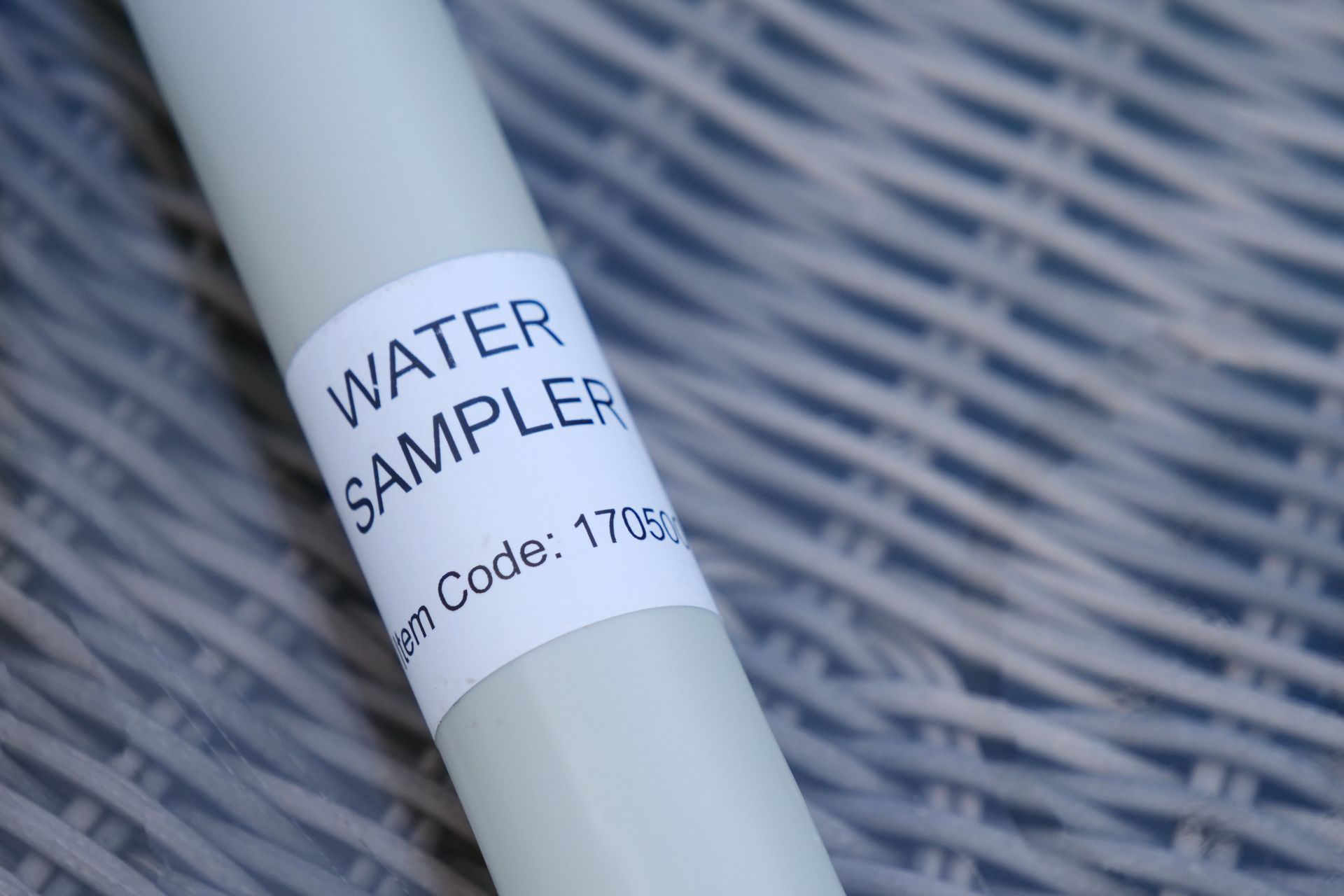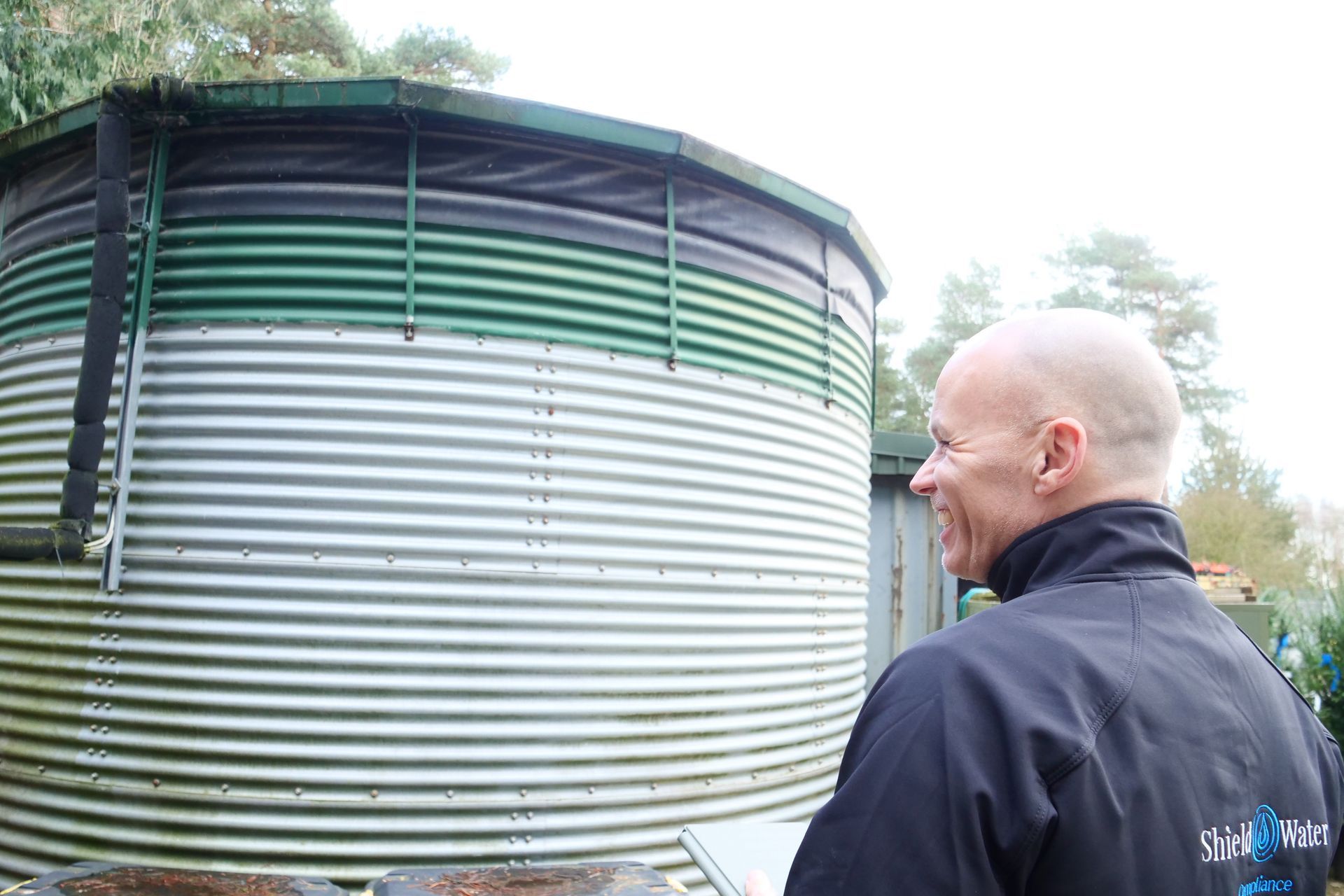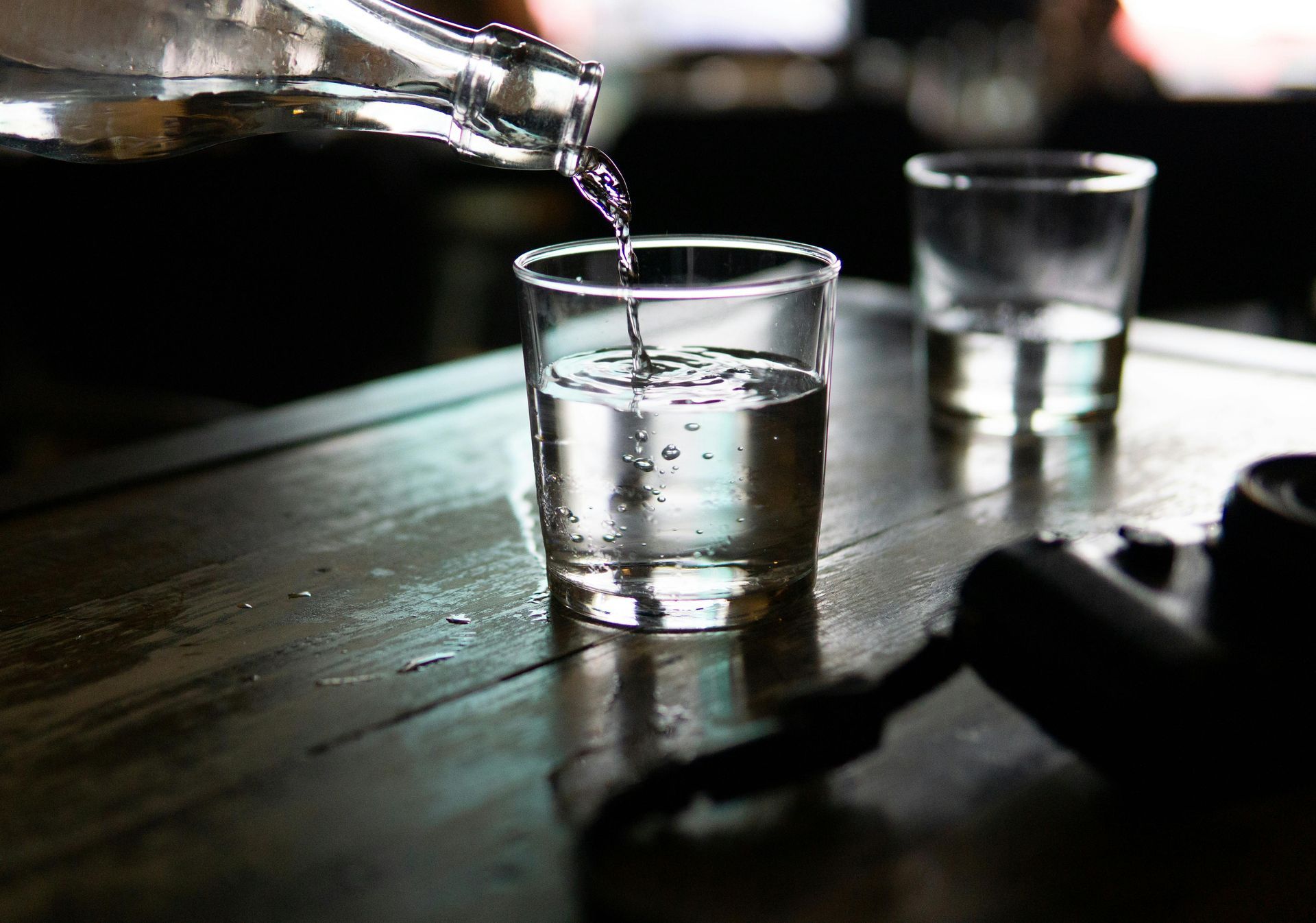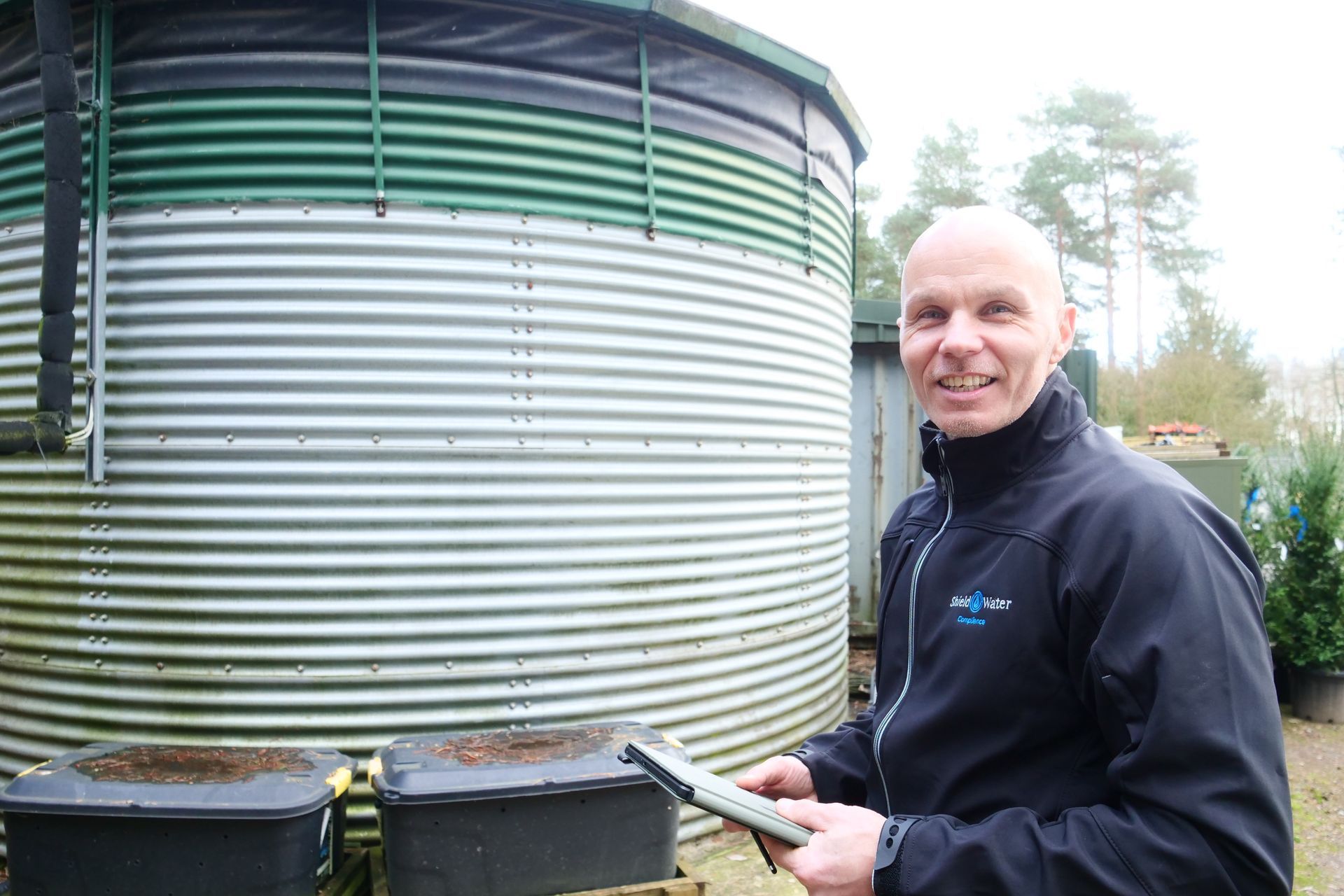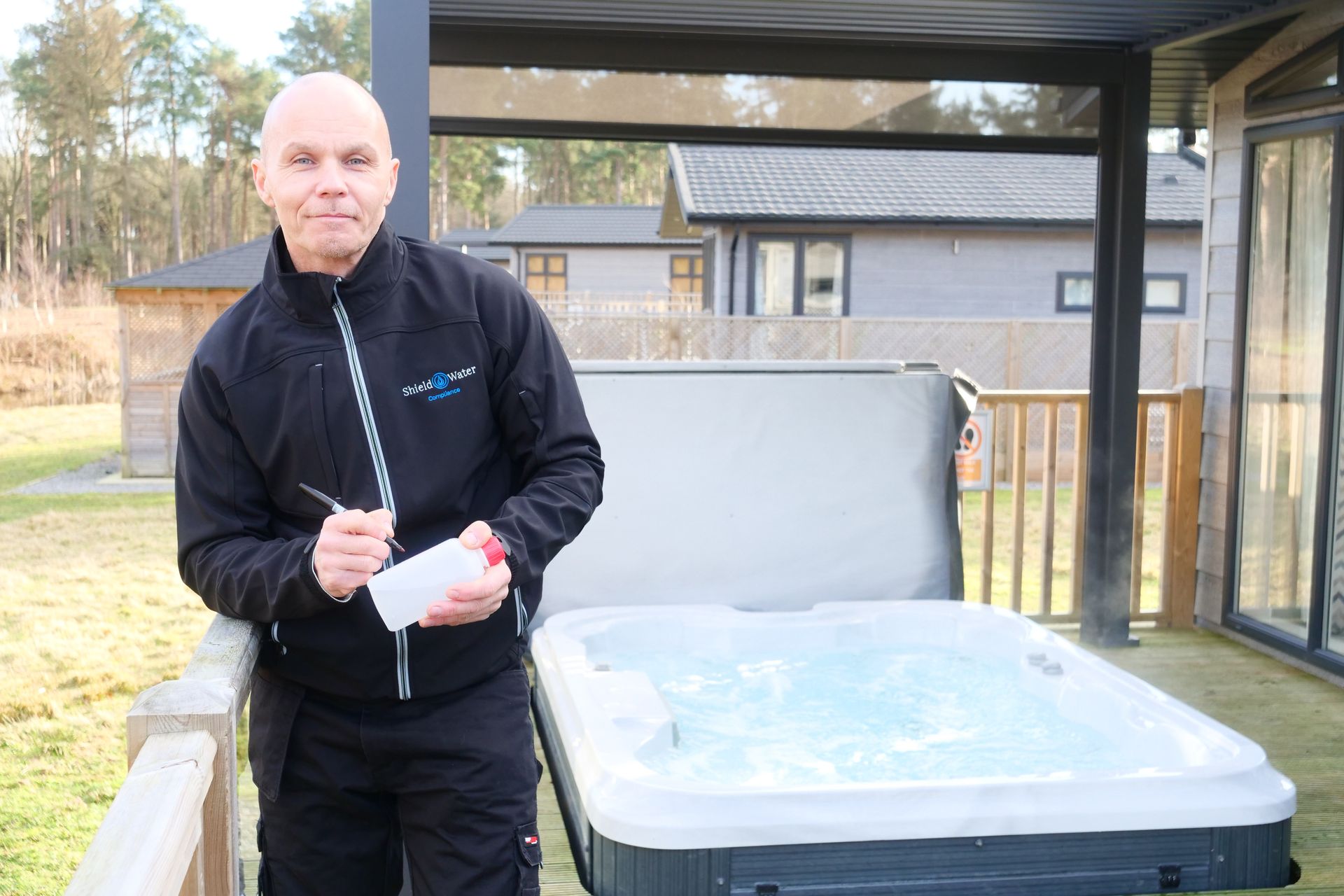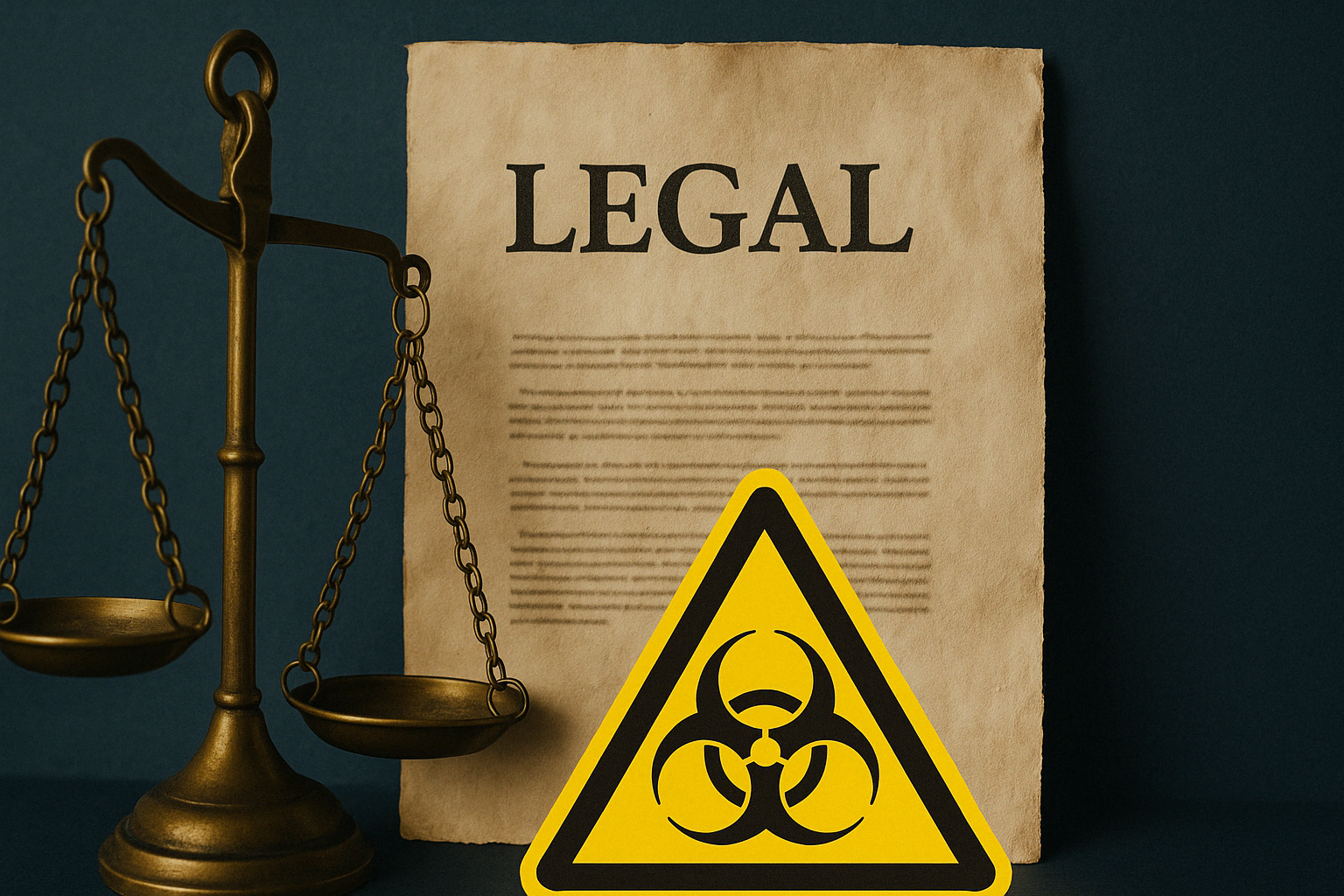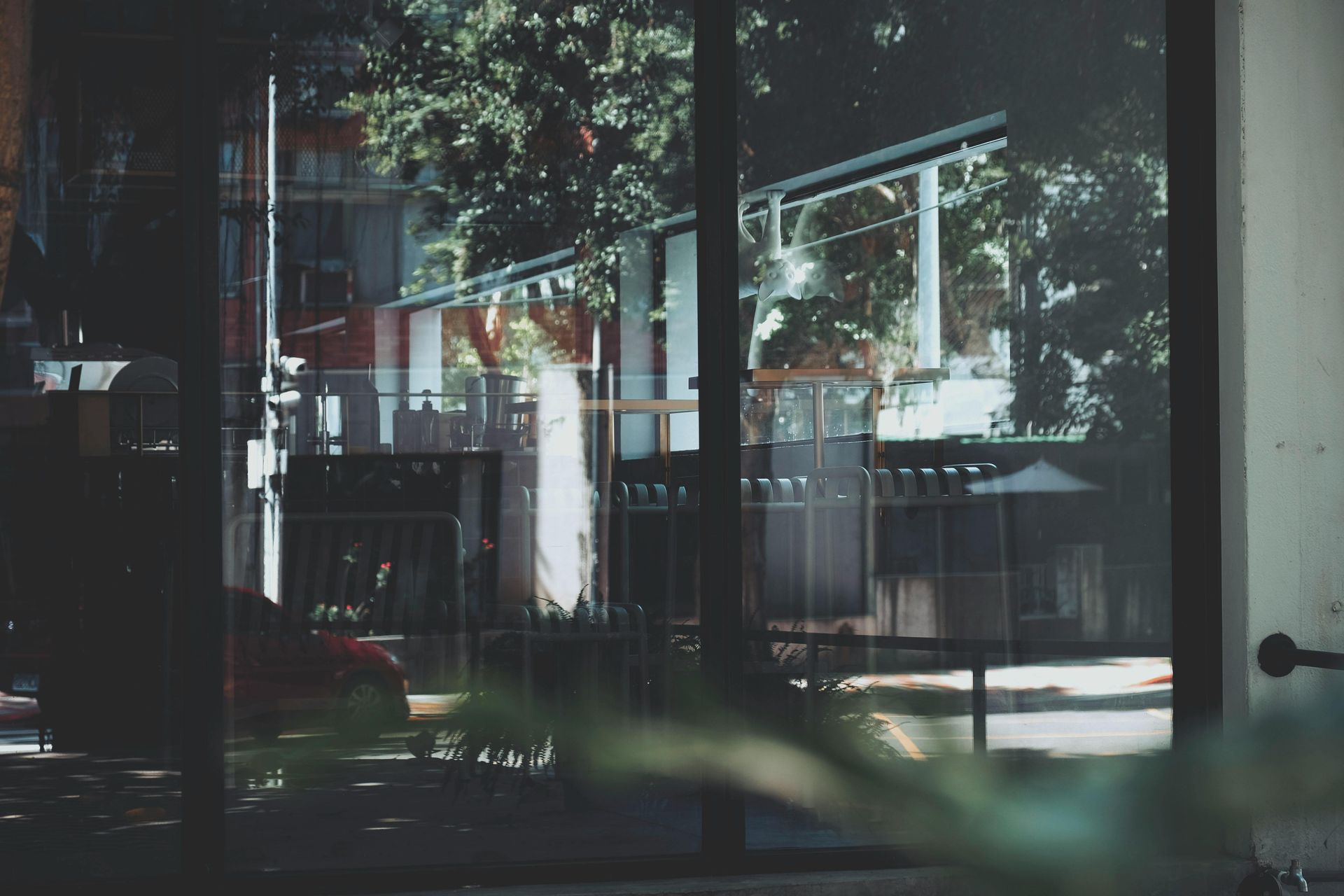Anyone Can Spot These 5 Legionella Warning Signs in Their Building
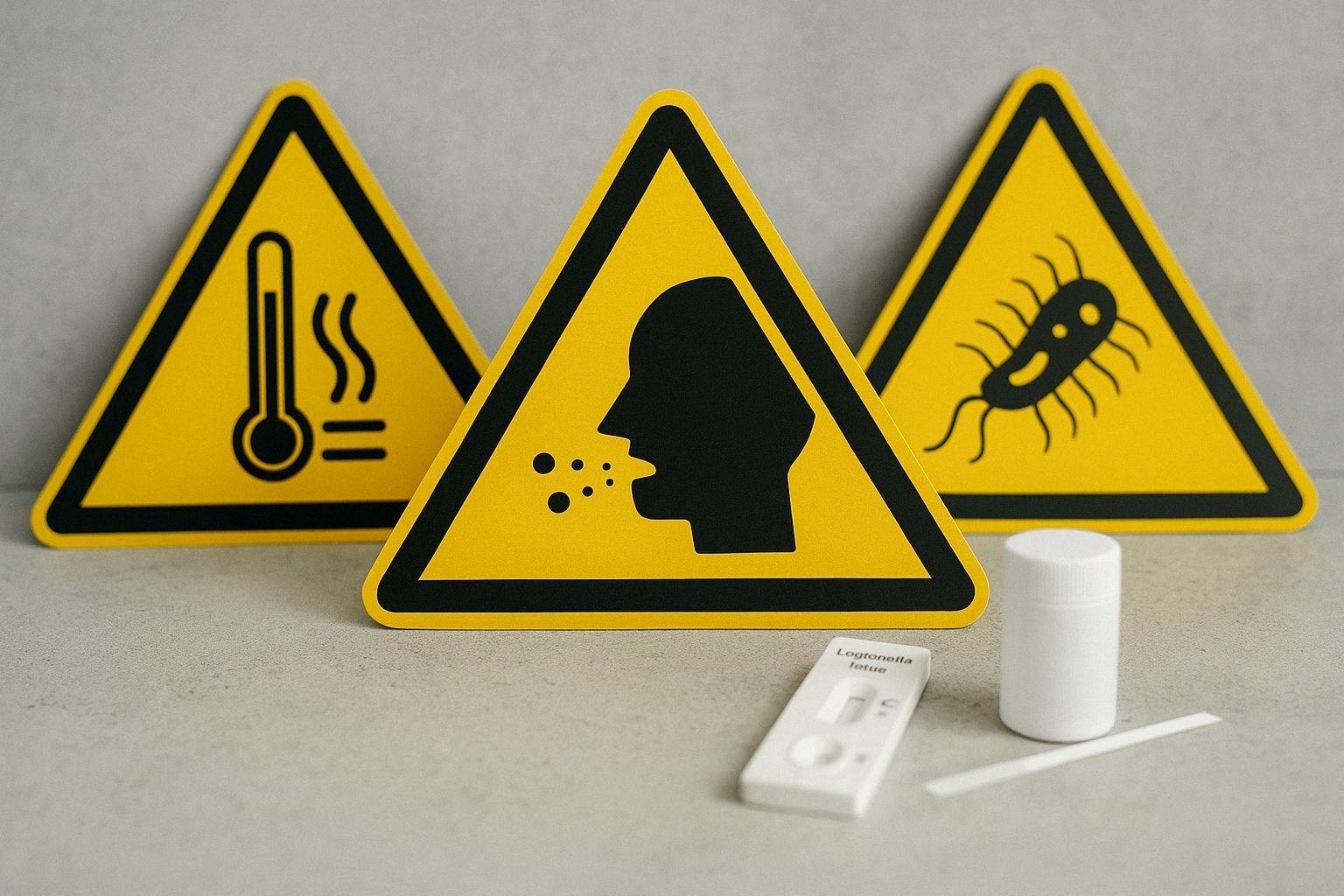
Deadly bacteria could be multiplying in your water system right now.
Most building managers discover legionella only after someone falls ill.
By then, it's too late.
The Hidden Danger Lurking in Every Building
Legionella bacteria kill 7-12% of those infected.
They hide in your pipes, tanks, and taps – silently multiplying until conditions are perfect for an outbreak.
The Health and Safety Executive reports that all man-made water systems can harbour these deadly bacteria. Yet most property managers lack the knowledge to spot early warning signs.
What's really worrying?
The UK sees approximately 4-6000 cases of Legionnaires' disease annually, with many traced back to preventable conditions in everyday buildings.
But here's the truth no one tells you: identifying legionella risks doesn't require expensive equipment or years of training.
You just need to know exactly what to look for.
Warning Sign #1: The Dangerous Temperature Zone
Legionella thrives between 20-45°C – the microbial "Goldilocks zone."
Grab a digital thermometer and check these critical points:
- Hot water storage should exceed 60°C
- Hot water at taps should reach at least 50°C
- Cold water must stay below 20°C
Temperature testing forms the foundation of any comprehensive legionella risk assessment. It's your first line of defense against bacterial growth.
When temperatures fall into the danger zone, bacteria can double their population every 4 hours.
Warning Sign #2: The Silent Threat of Stagnant Water
Moving water prevents bacterial colonisation.
Stagnant water virtually guarantees it.
Walk your property today and identify:
- Rarely used guest bathrooms
- Seasonal facilities (think pool showers used only in summer)
- Vacant rooms or floors
- Deadlegs in pipework (sections leading nowhere)
Each stagnant area creates a protected bacterial reservoir that can contaminate your entire system.
With holiday parks we often discover their seasonal accommodation block become a legionella breeding ground after sitting unused for just three winter months.
The solution?
Implement a weekly flushing program for all infrequently used outlets. Document each flush with a simple logbook to demonstrate compliance.
Warning Sign #3: The Bacterial Buffet in Your Tank
Open your water tank and shine a torch inside.
What you see could save lives.
Scale, sludge, rust, and sediment aren't just unsightly – they're a bacterial feast. These deposits provide:
- Essential nutrients for bacterial growth
- Protected surfaces where bacteria attach
- Shelter from disinfectants and heat treatments
During a routine inspection, we discovered a hotel's water tank contained over 2cm of sediment – creating perfect conditions for legionella proliferation despite their regular chemical treatments.
Clean tanks and well-maintained systems dramatically reduce your risk profile.
Warning Sign #4: The Invisible Threat in the Air
Legionella becomes deadly when inhaled.
Any system creating water aerosols seriously increases exposure risks
Assess your building for these high-risk features:
- Powerful shower heads
- Decorative water features
- Humidifiers and misters
- Cooling towers
- Spa pools and hot tubs
Each creates microscopic water droplets that can carry bacteria deep into the lungs of staff, visitors, and residents.
Understanding whether your building requires a legally mandated legionella risk assessment helps prioritise these high-risk areas.
Warning Sign #5: The Danger of Disruption
Water systems thrive on stability.
Recent changes create unpredictable risks.
Ask yourself:
- Has there been plumbing work in the last month?
- Were water systems shut down temporarily?
- Has water pressure changed unexpectedly?
- Have you added new equipment to your system?
These disruptions dislodge biofilm – the slippery bacterial coating inside pipes – sending contamination throughout your system.
Tip: if you've just undergone a plumbing renovation, implement a temporary enhanced testing program, catching elevated bacteria levels before they affect your people, guest or clients.
Your Step-by-Step DIY Assessment Guide
Identifying warning signs is your first step toward comprehensive protection.
Follow this proven process to conduct your own basic assessment:
- Create a detailed system map Document every water storage tank, heater, pipe run, and outlet. Note rarely used areas and potential deadlegs.
- Test temperatures systematically Check hot and cold water at sentinel points (nearest and furthest from source). Record results in a dedicated logbook.
- Conduct thorough visual inspections Examine accessible tanks, calorifiers, and outlets for scale, rust, or biofilm. Use a torch and camera to document findings.
- Identify and assess aerosol-creating devices List all showers, fountains, misters, and other aerosol-generating equipment. Note proximity to vulnerable populations.
- Implement immediate control measures Flush unused outlets weekly. Adjust temperature settings. Clean showerheads quarterly. Document all actions taken.
- Create your risk management plan Develop a schedule for ongoing monitoring, maintenance, and periodic reassessment.
For simple domestic-type systems with regular usage, this DIY approach often provides adequate protection when risks are low.
When Expert Help Becomes Essential
DIY assessments have limitations.
Call professionals immediately if you discover:
- Multiple warning signs during your assessment
- Temperature control issues you cannot resolve
- Visible contamination in water tanks
- Complex systems beyond your expertise
Additionally, these situations always warrant professional assessment:
- Healthcare facilities and care homes
- Buildings with cooling towers
- Properties serving vulnerable populations
- Large, complex water networks
- Following any suspected case of Legionnaires' disease
Professional assessment provides documented compliance and comprehensive risk management beyond the scope of DIY approaches.
Why Property Managers Trust Shield Water Compliance
"We had tank cleaning, Legionella risk assessment work done along with schematic drawings of our systems. Alan was helpful sharing his knowledge giving us the confidence to stay safe and compliant in the service for we offer."
"His service was second to none, Punctual , professional and great with communication through out the process." – Craig Horrocks
With decades of specialised water safety experience, we understand the challenges property managers face.
Our approach delivers:
- Comprehensive risk assessments by City & Guilds qualified experts
- Clear, jargon-free reports delivered within 48 hours
- Practical control measures tailored to your specific system
- No binding contracts – we earn your business through excellence
- UKAS accredited laboratory testing for complete peace of mind
Take Action Now: Your 3-Step Protection Plan
- Download our free Legionella Risk Checklist Get our comprehensive inspection guide to identify warning signs in your building today.
- Schedule your system walkthrough Use the checklist to conduct a preliminary assessment of your water system.
- Book your no-obligation consultation Discuss your findings with our experts and determine if professional assessment is necessary.
Don't wait for symptoms to appear before taking action. Legionella prevention is simpler and far less costly than managing an outbreak.
Contact Shield Water Compliance today at 07593 096098 for your free consultation and risk assessment guide.
Because when it comes to water safety, what you don't see can hurt you.

